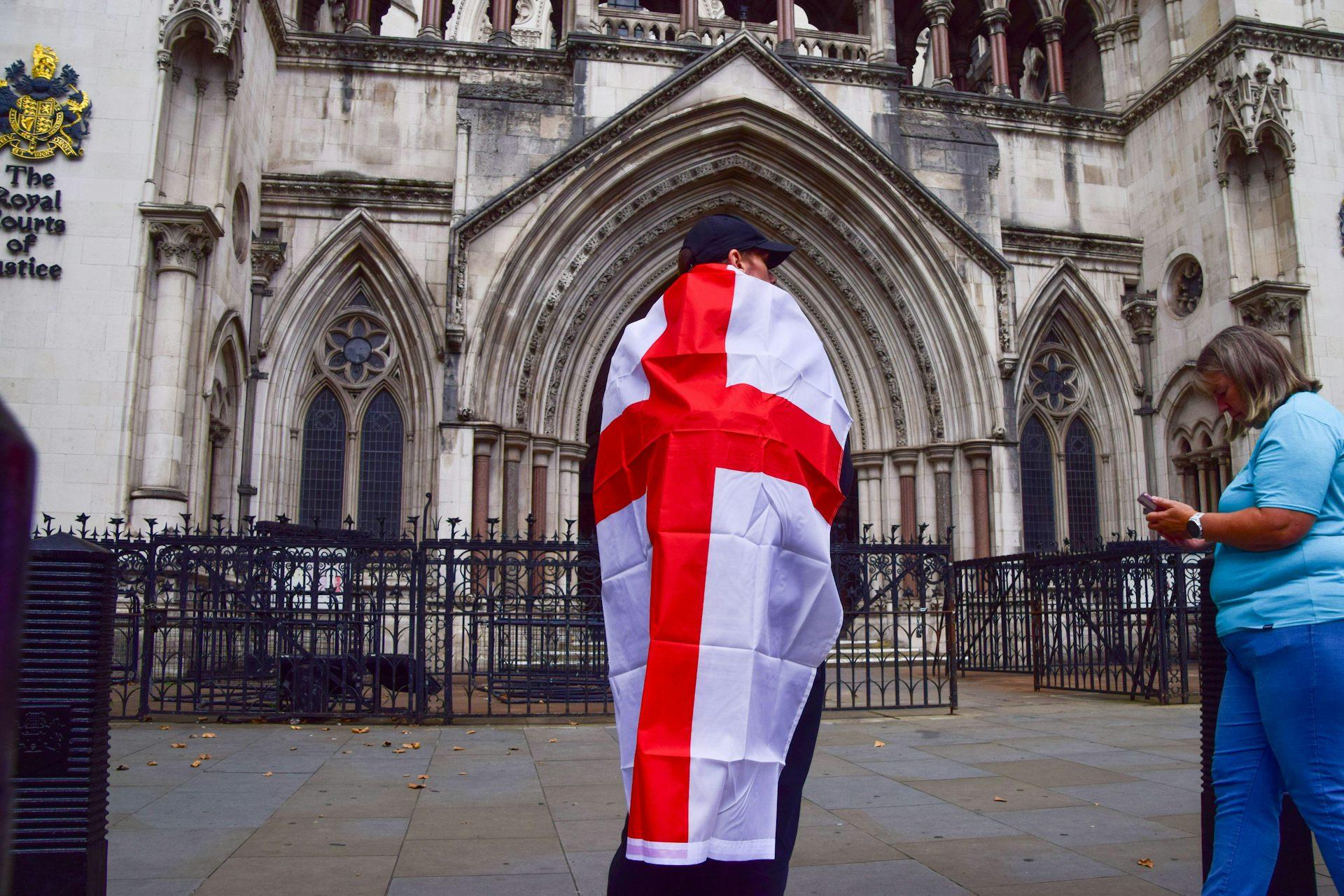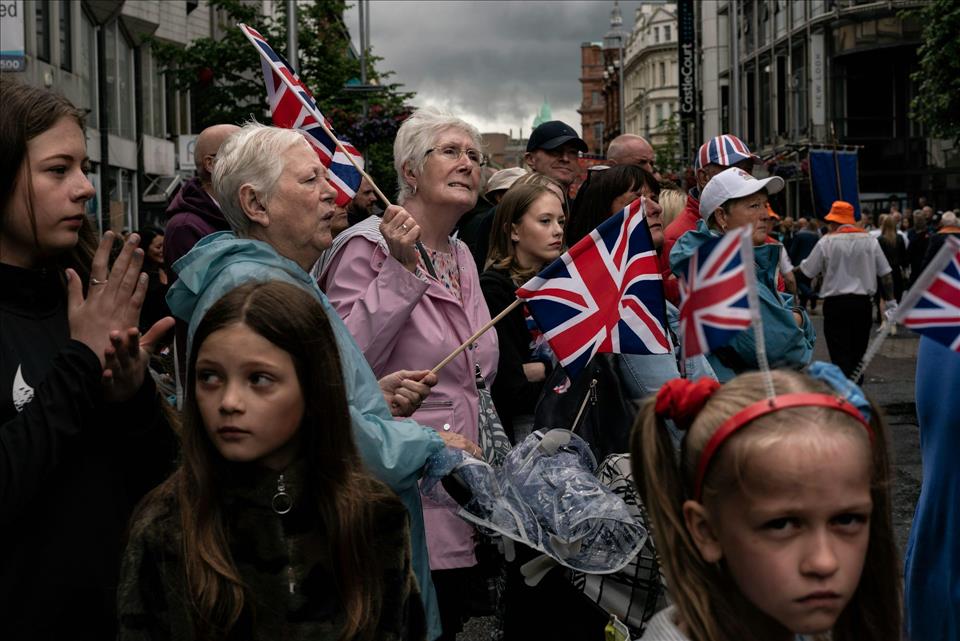
National Anxieties And Personal Fear What Psychoanalysis Tells Us About The Comfort We Find In Flags
Hanging these flags may function as a public psychological defence against a world perceived as increasingly complicated. Against this uncertainty, a flag is a simple, bold symbol. It provides a stark distinction between“us” and“them”, potentially allowing for a sense of order and belonging.
Flags may help us manage what the psychoanalyst Melanie Klein called “persecutory anxiety” – the fear that we are being pursued or attacked. When we feel overwhelmed by forces such as economic instability, social change or a health crisis, we do what we can to cope. We may, for example, resort to a primary psychological defence known as“splitting”. This is a process in which we divide the world into two camps: the“good” and the“bad”.
The flags, in this sense, can become a public object onto which we project our anxieties. Those who choose to put up the flag in public spaces may feel a part of the“good”, authentic, local group and feel the need to differentiate themselves from external“bad” forces, such as unseen globalist elites, the“woke” mob, or anyone who is offended by their flag. These forces are perceived as being linked to the person's problems.
Psychoanalyst Donald Winnicott developed a concept called a“transitional object” to describe the crutches we use in times of anxiety. When a child is moving from a state of total dependence on their primary caregiver as a baby to a state of recognising themselves as a separate person, they often become intensely attached to a teddy or other toy.
The teddy is an object they keep with them that reminds them of their infancy as they move into a new, unknown state, and becomes an omnipotent extension of the inner psychic world. In the same way, a flag is a physical item that people can hold on to. It provides a feeling of stability and continuity – and a reminder of a more stable past – as we move into an uncertain future.

Wrapped in the flag in a moment of transition? Alamy/ZUMA press
People might even find a sense of control and empowerment in the offence caused to some others with their flag. They stop perceiving themselves as passive victims of uncertain political or economic circumstances and start seeing themselves as an actor. The flag is a way of saying:“I am here, and I am on the side of good.”
An appeal to our emotionsFlags are not the only recent example of our tendency to gravitate towards symbolic objectives to channel stress. During the pandemic, for example, simple physical objects and the associated ideology could be seen as a way for people to identify with a like-minded community.
People displayed NHS rainbow flags in their windows. And baking banana bread or sourdough or banging pots and pans became objects of solidarity during lockdowns. Those who opposed masks and lockdowns pasted stickers around the urban environment inviting people to join conspiratorial groups in another form of group action.
These objects may have helped us convert the anxiety of lockdown and social change into shared symbols. National flags could be seen to function in a similar way, acting as an invitation to join a community built around a shared symbolic meaning.
Flags have been appearing on roadsides around England for some weeks. Alamy/glamourstock
It's possible that what makes these actions so effective is that they bypass rational debate and appeal directly to our emotions. You don't need a complex understanding of economics or immigration policy to understand a flag.
It is an immediate, emotive symbol that allows for a powerful sense of unity and shared purpose. This may be the reason why such movements can spread so quickly and seemingly without a leader. The flag itself comes to the fore as the call to action, drawing people into a mutually reinforcing social system.
Recognising these underlying psychological dynamics helps us understand the enduring appeal of these movements. They may show us that to understand the world, we could first look at how we, as individuals and as a society, manage our deepest fears. The flags on our streets may not just be a political statement, but potentially a sign of a society grappling with its anxieties.
Want more politics coverage from academic experts? Every week, we bring you informed analysis of developments in government and fact check the claims being made.
Sign up for our weekly politics newsletter , delivered every Friday.

Legal Disclaimer:
MENAFN provides the
information “as is” without warranty of any kind. We do not accept
any responsibility or liability for the accuracy, content, images,
videos, licenses, completeness, legality, or reliability of the information
contained in this article. If you have any complaints or copyright
issues related to this article, kindly contact the provider above.


















Comments
No comment